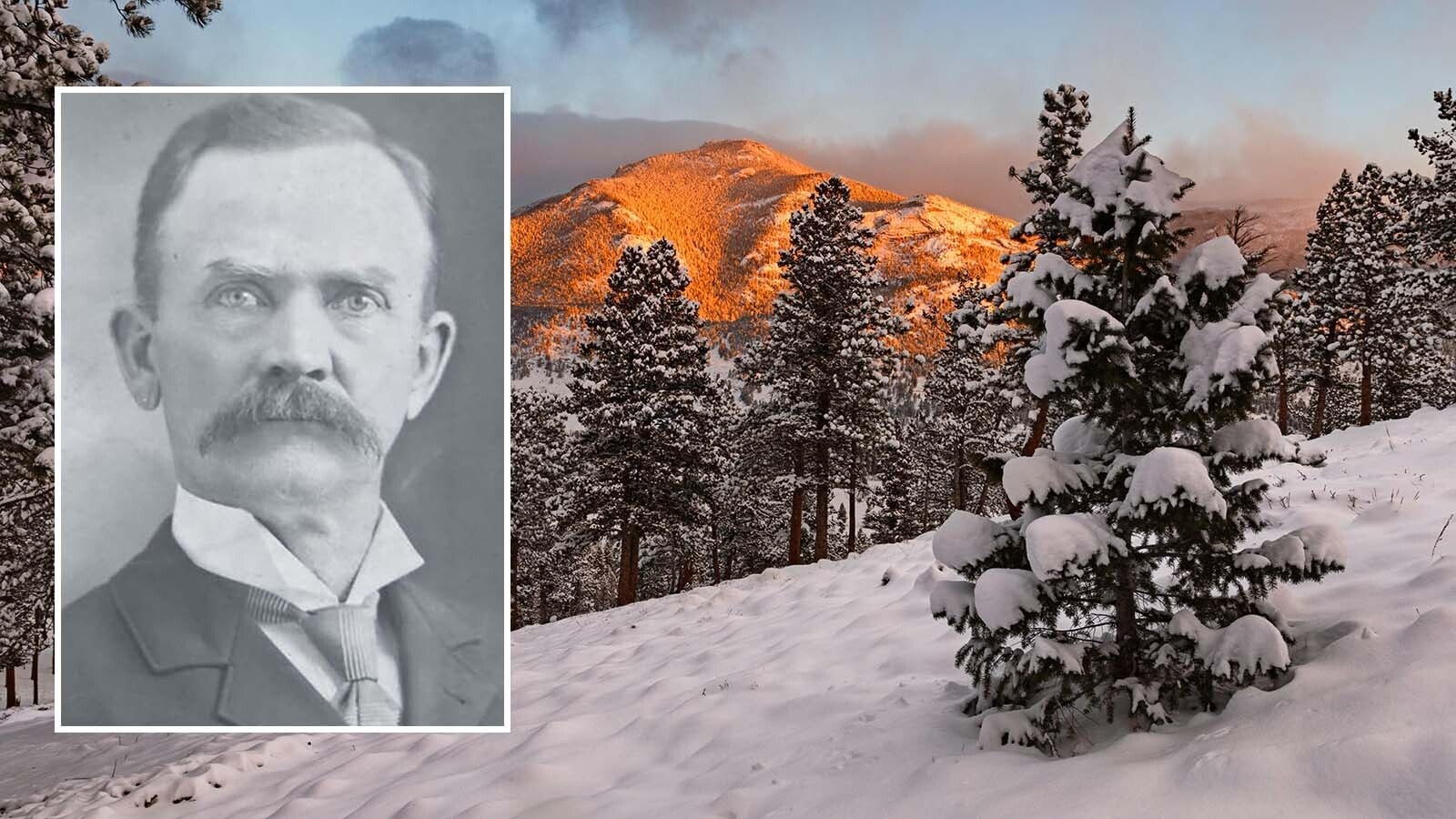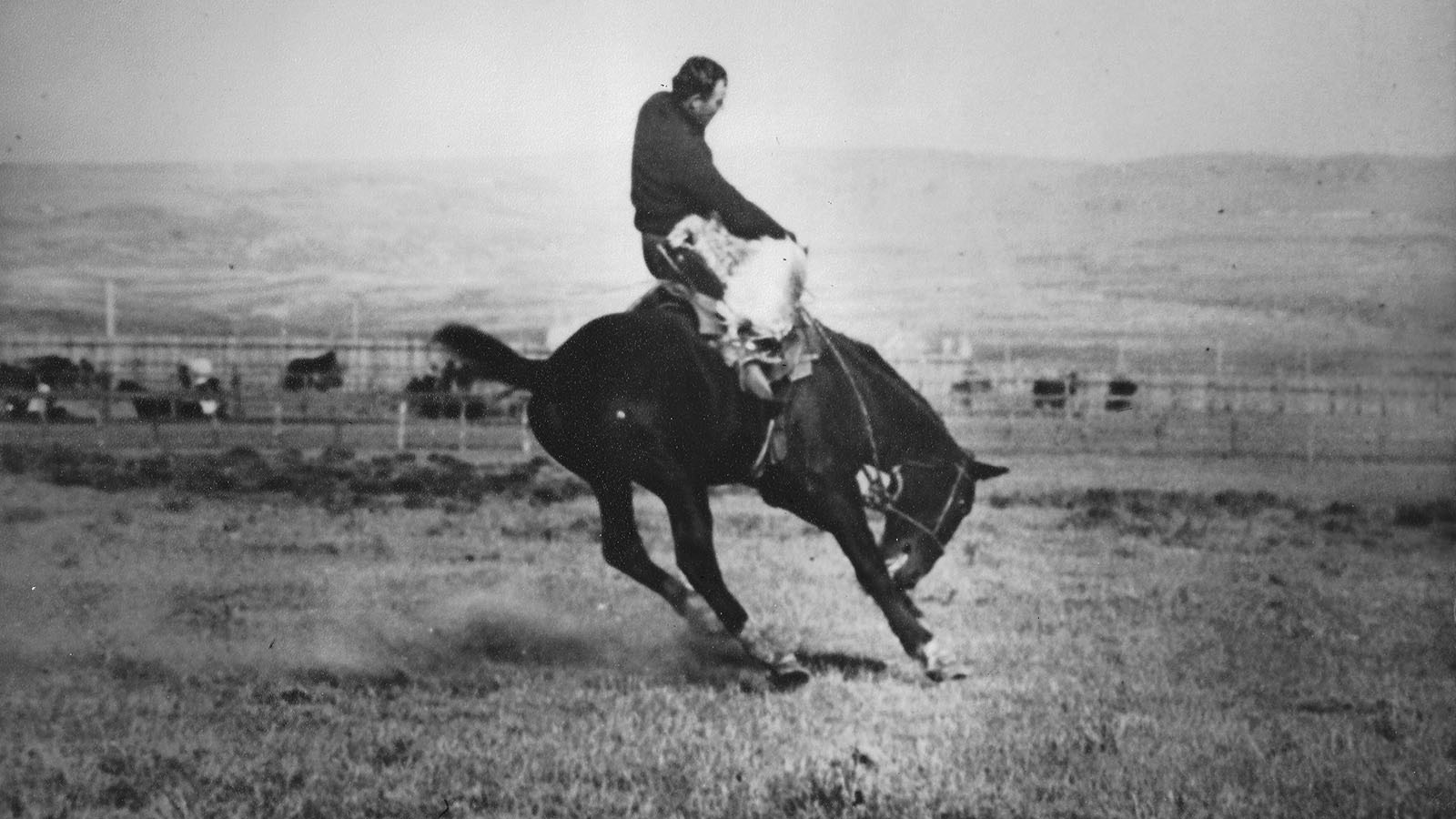Oliver Toussaint Jackson, named for a black hero in Haiti, had big ambitions long before he created his Dearfield colony in northeastern Colorado. The son of a prosperous black businessman, O.T. Jackson, was born in 1862, and gained a respectable education in Northern Ohio.
Following his education, Jackson entered the restaurant and catering business. At the age of twenty-five, he moved west where he settled in Boulder in 1887. The West was open to all, and provided opportunity to anyone willing to work hard. O.T. Jackson was that kind of man and much more.
Moving into the black business community, Jackson successfully operated the Stillman Cafe’ and Ice Cream Parlor on Boulder’s Pearl Street, becoming a respected community leader. Jackson later acquired the position of staff manager with the opening of the Chautauqua Dining Hall in 1898. He went on to own and operate a respectable restaurant at 55th Street and Arapahoe, where today’s Boulder Dinner Theatre is located.
Oliver Jackson became heavily involved in the Democratic campaign of 1908. In a period of history when few black men were involved in politics, O.T. Jackson made a name for himself. Democrat John Shafroth was elected governor of Colorado, and to show his appreciation to Jackson, Shafroth helped him secure a 320-acre land title in rural northeast Colorado.
Jackson’s desert claim required irrigation and the planting of crops to gain title to the land. Knowing there was plenty of hard work ahead, Jackson was never-the-less enthusiastic about the land and the area he chose. He noted that the railroad was only a few miles away, making it easy transport to crops to the Denver market.
Settling Land And Moving Up from Slavery
Jackson’s new land, actually located thirty miles east of Greeley, became the nucleus for the black colony of Dearfield. The community was inspired by a book written by Booker T. Washington. Up from Slavery, that urged the African-Americans to return to the land and earn their own way with their hands. Jackson and his wife Minerva, organized the Negro Townsite and Land Company in 1910.
With advertising and keen persuasion, Jackson inspired sixty settlers of color to join in his agriculture colony, to live off the land and become self-sufficient. The farming community took its name for the dreams of the community, “Dear fields.”
Many members of the colony were from the cities, with no farming experience. Another backer, Dr. J. H. Westbrook, told folks that out on the prairie they could create homes on their own land. Meanwhile, O.T. and his wife had established the Dearfield Lodge. Complete with the fashionable false front of the period, the lodge served meals to members of the community, as well as travelers, often encouraging them to stay.
Along with the farming, Jackson planned canning factories and a college. While these dreams never materialized, the community did prosper for a time, with a peak population of 700. Even Booker T. Washington visited the small community. Within five years Dearfield had forty-four wooden cabins and over 600 farm acres.
The community had two churches, a school, a boarding house, a blacksmith shop, a cement factory and a filling station. An article in the Weld County News of 1921, spoke of the success of Dearfield and added, “the community is law-abiding with no criminal crimes according to county records.”
The Great Depression Strikes
The Great Depression hit the rural communities of Colorado exceptionally hard. People began to leave the area and those who stayed suffered the wind and drought of the 1930s. By 1940 Dearfield’s population was down to twelve, including O.T. and Minerva Jackson. The couple continued to run the Dearfield Lodge and the gas station.
Minerva died in 1942, and O.T.’s niece, Jenny Jackson came from Chicago to care for her now elderly uncle. Jenny later claimed how shocked she was at the change in Dearfield, since she last visited. She described the falling houses, the blowing tumbleweeds, and the weeds growing in the streets. She said her uncle and only a couple other people were all that was left of the town.
Oliver Toussaint Jackson died in 1948. He was buried in an unmarked grave in Greeley’s Linn Grove Cemetery; Dearfield had never established a cemetery.
Jenny Jackson lived alone in the tiny ghost town on the prairie until her death in 1973. For twenty-five years, Jenny tried unsuccessfully to raise funds to mark her uncle’s grave. Thanks to the Weld County Historical Society and Linn Grove Cemetery, O.T. Jackson’s final resting place now has a fine marker.
Another marker exists along Highway 34, east of Greeley. A simple sign with one word: Dearfield. Perhaps too simple, for Dearfield represents more than a place from the past. It represents a dream that for a time actually worked. Dearfield was the result of Oliver T. Jackson and others, who had a dream, and worked hard with very little, to create a community and a way of life for their children.
The site of Dearfield has been discussed among the historic preservationists for years. While it remains a ghost town, withering away in the wind and the elements, as did the people who struggled to maintain a proud community, the Colorado Historical Society has finally listed the sight among the state’s historical sites.
Linda Wommack can be reached at LWomm3258@aol.com





